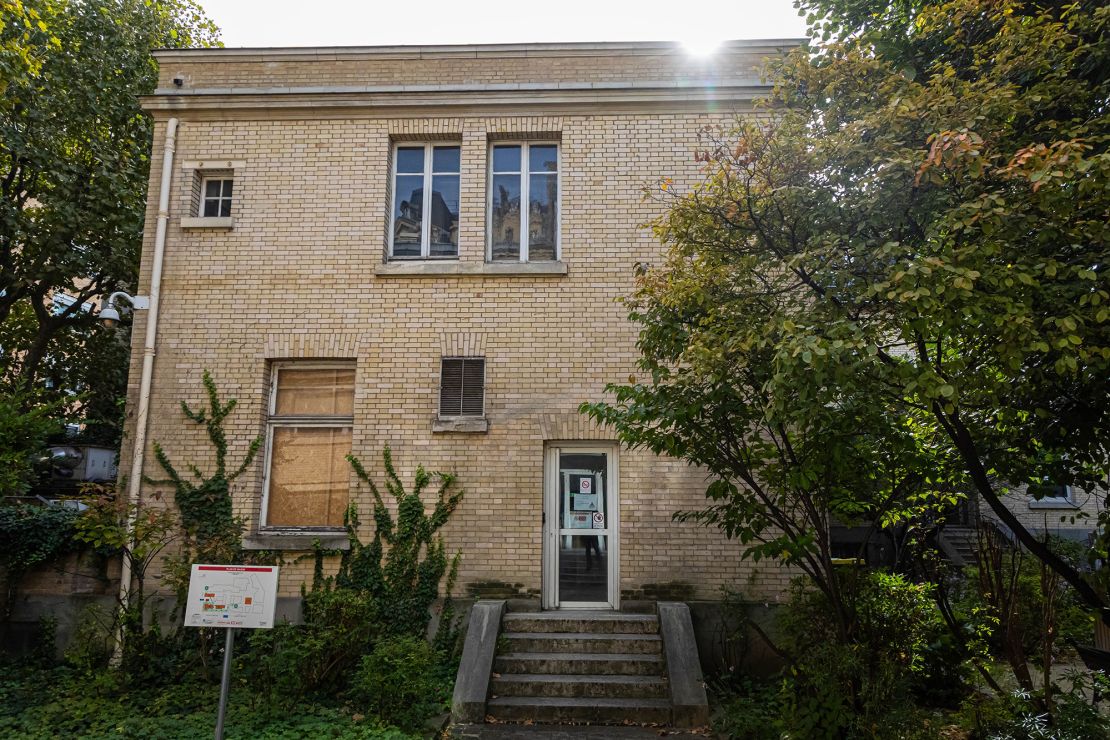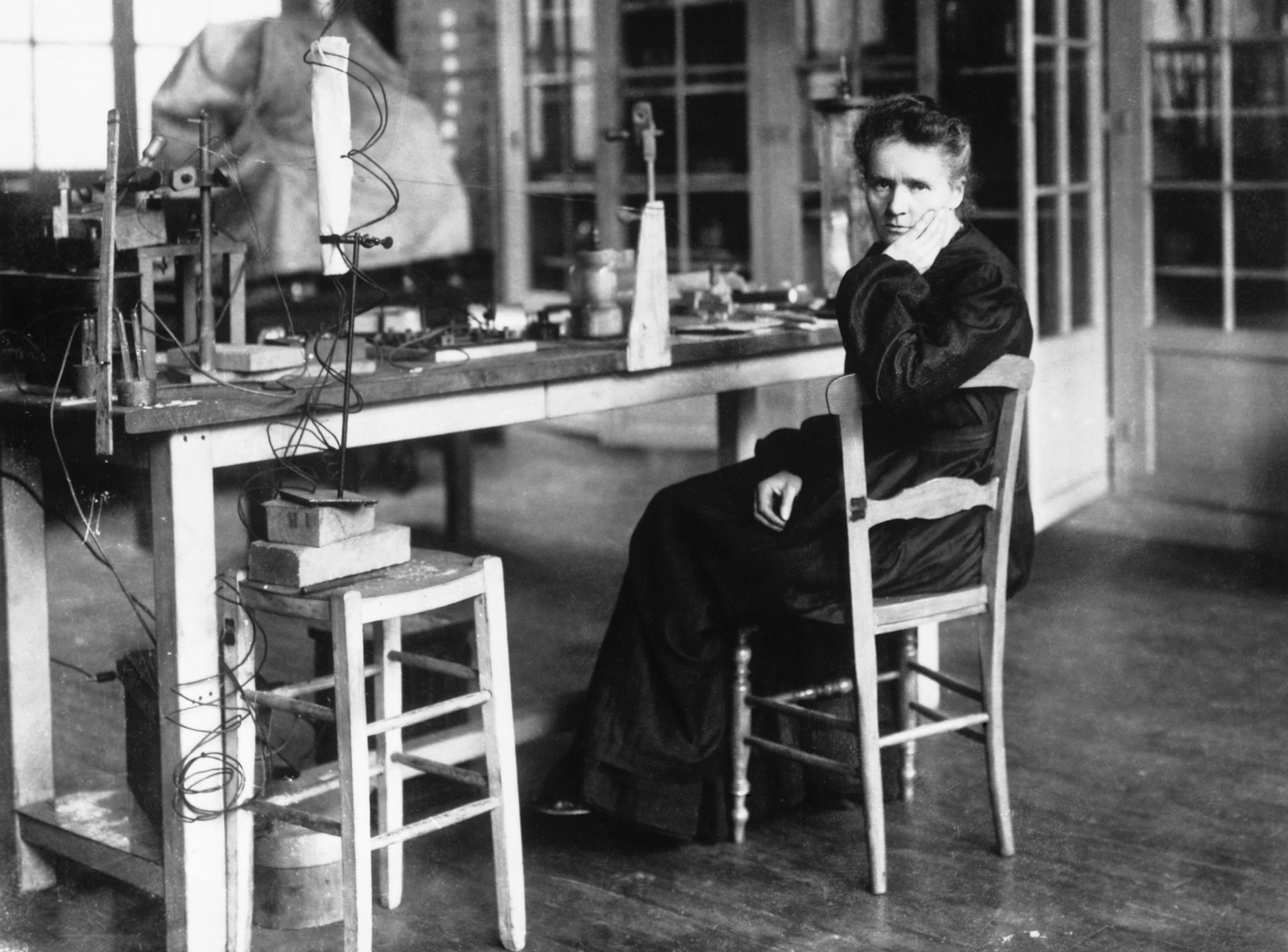The planned demolition of a Paris laboratory used by pioneering scientist Marie Curie has been suspended after an intervention from France’s minister of culture.
The Pavillon des Sources, in central Paris, was set to be bulldozed as part of a development project by the Institut Curie, which is responsible for managing the site. However, culture minister Rima Abdul Malak said in a post on X on Friday that the demolition had been put on hold following discussions with the institute’s president, Thierry Philip.

The laboratory, at 26 rue d’Ulm, was one of three buildings constructed when the Radium Institute, now known as the Institut Curie, was established in 1909.
It was set to be demolished to make way for a large new building, but campaigners protested the decision because of the role the Pavillon des Sources played in Curie’s groundbreaking scientific career.
It was here that the Polish-born French physicist, who lived from 1867 to 1934, carried out some of the work that led to her discovery of polonium and radium.
Curie was the first woman to win a Nobel Prize and the only woman ever to win the award in two categories: Physics and Chemistry.
Born Maria Sklodowska in Warsaw, Poland, she moved to Paris in 1891 to study at the Sorbonne University, where she met Pierre Curie in 1894.
The pair married the following year and carried out some early research together before Pierre’s death in 1906.
Poland’s ambassador to the UK, Piotr Wilczek, hailed the decision to pause the demolition in a post on X.
“A triumph for heritage preservation! Marie Curie’s Paris lab, where the Polish-born Nobel laureate pioneered groundbreaking research, gets a reprieve from demolition. Let’s keep the legacy of this extraordinary scientist alive!” he wrote.
However, activist Baptiste Gianeselli, a key figure in the campaign to save the laboratory and have it listed as a historic monument, said the fight is not over.
“We need to stay mobilized until the Radium Institute is listed in its entirety!” he wrote on X.
For its part, the Curie Institute insists that the construction project should go ahead.
In a statement published on Friday, it said the Pavillon des Sources is simply a storage area for radioactive waste.
In a separate statement published the same day, however, the institute confirmed that work on the project would be suspended for a “time of reflection,” during which alternative solutions would be considered.



